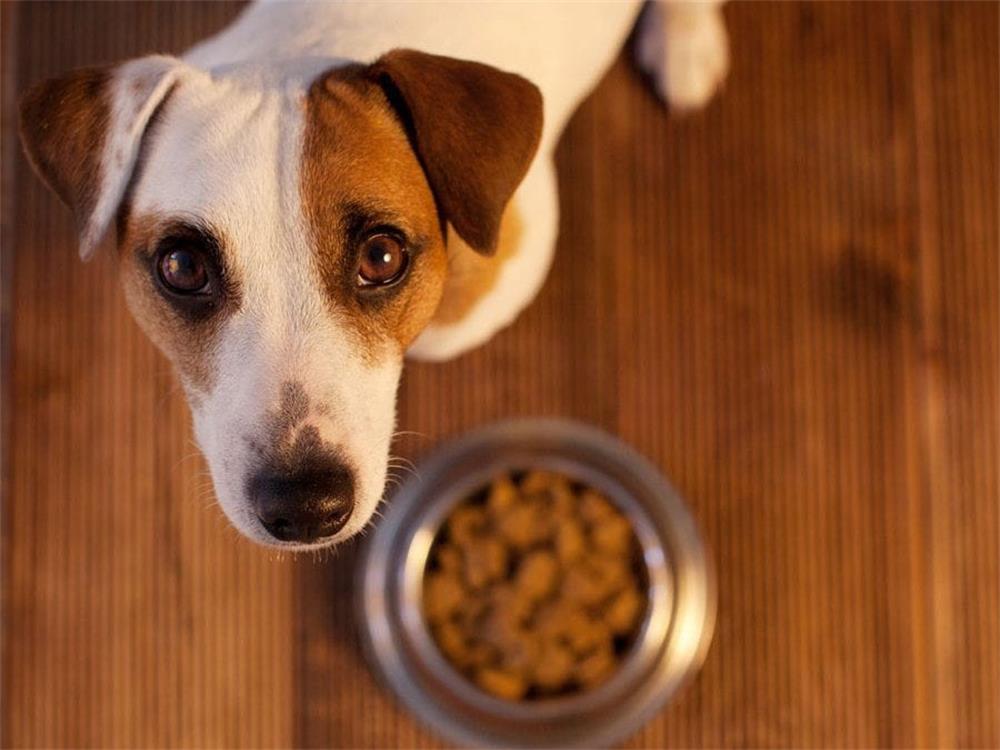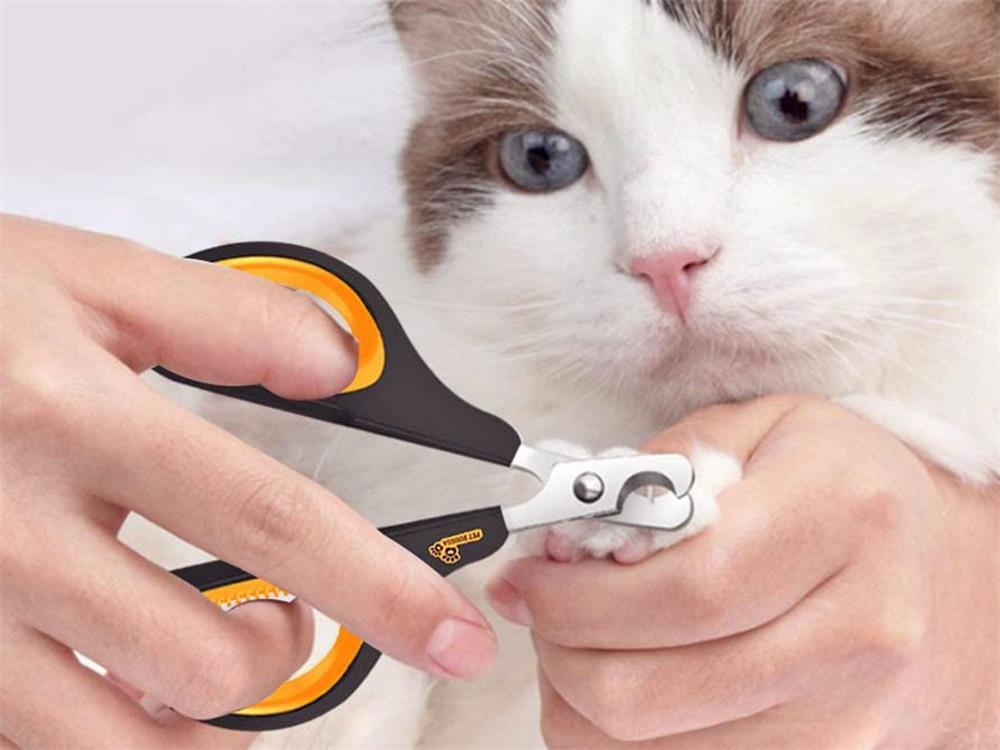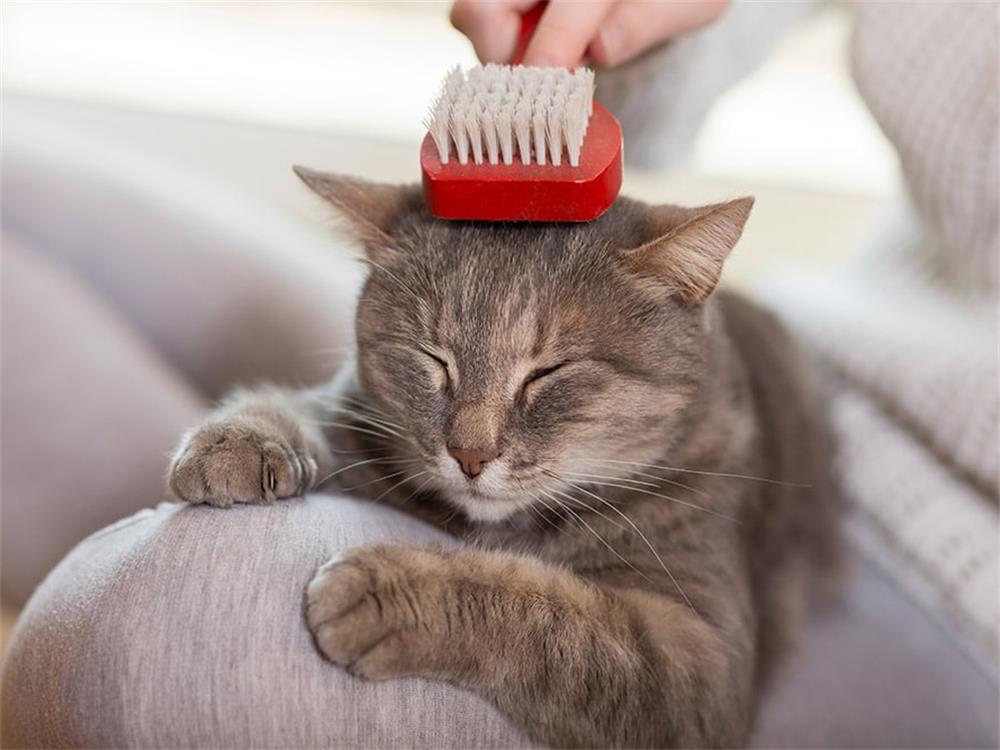Contents
Choosing the right food for your pet is one of the most important decisions you can make as a pet owner. The food you feed your pet can affect their health, well-being, and longevity. However, with so many options available on the market, it can be overwhelming and confusing to find the best food for your pet. Here are some tips to help you choose the right food for your pet.
Know Your Pet’s Needs
The first step in choosing the right food for your pet is to know what type of animal they are. Different animals have different dietary needs, so it is important to select a food that is appropriate for your pet’s species. For example, dogs and cats are carnivores, which means they need a high-protein diet that contains meat or animal-based ingredients. Rabbits and guinea pigs are herbivores, which means they need a high-fiber diet that contains hay, fresh vegetables, and fruits. Birds are omnivores, which means they need a balanced diet that contains seeds, grains, insects, and fruits.
In addition to knowing your pet’s species, you should also consider their life stage, breed, activity level, and health condition. These factors can affect your pet’s nutritional requirements and preferences. For example, puppies and kittens need more calories and nutrients than adult dogs and cats to support their growth and development. Large breed dogs and puppies have different nutritional requirements than small breed dogs and puppies. Senior pets may need fewer calories and more antioxidants to prevent obesity and age-related diseases. Pets with allergies, diabetes, kidney disease, or other medical conditions may need special diets that are prescribed by your veterinarian.
Read the Label
Pet food labels contain valuable information to help you choose the right food for your pet. To ensure your pet’s food is complete and balanced, choose a food with a label that has an AAFCO statement⁶, nutritional claim or complete and balanced statement. This means that the food meets the minimum nutritional standards set by the Association of American Feed Control Officials (AAFCO) or has been tested in feeding trials to prove its adequacy.
You should also look at the ingredients list on the label to see what the food is made of. The ingredients are listed in descending order by weight, so the first few ingredients make up the majority of the food. You should look for high-quality ingredients that are suitable for your pet’s species and needs. For example, you should look for whole food ingredients like fresh meat, fish, vegetables, fruits, and grains. You should avoid low-quality ingredients like meat by-products, artificial colors, flavors, preservatives, or fillers.
Consider the Type of Food
There are different types of pet food available on the market, such as dry kibble, wet canned food, raw frozen food, dehydrated or freeze-dried food, or home-cooked food. Each type of food has its own advantages and disadvantages, depending on your pet’s preferences, needs, and lifestyle.
Dry kibble is the most common and convenient type of pet food. It is easy to store, measure, and feed. It is also relatively inexpensive and can help keep your pet’s teeth clean by scraping off plaque. However, dry kibble may contain less moisture and more carbohydrates than other types of food. It may also be less palatable or digestible for some pets.
Wet canned food is another popular type of pet food. It is more moist and flavorful than dry kibble. It can also provide more protein and fat than dry kibble. Wet canned food can be beneficial for pets who have dental problems, kidney disease, urinary tract issues, or dehydration. However, wet canned food is more expensive and less convenient than dry kibble. It can also spoil faster once opened and may contribute to dental plaque or tartar.
Raw frozen food is a type of pet food that mimics the natural diet of wild animals. It consists of raw meat, bones, organs, fruits, and vegetables that are frozen to preserve freshness. Raw frozen food can provide more natural enzymes, antioxidants, and nutrients than processed foods. However, raw frozen food can also pose health risks for both pets and humans due to potential bacterial contamination or parasitic infection. Raw frozen food can also be expensive, difficult to store, and time-consuming to prepare.
Dehydrated or freeze-dried food is a type of pet food that has been dried to remove moisture and preserve nutrients. It can be rehydrated with water before feeding or fed as a dry snack. Dehydrated or freeze-dried food can provide more natural flavor, texture, and aroma than processed foods. However, dehydrated or freeze-dried food can also be expensive, less convenient, and less regulated than other types of food.
Home-cooked food is a type of pet food that you prepare yourself using fresh ingredients. Home-cooked food can allow you to customize your pet’s diet according to their preferences, needs, and allergies. Home-cooked food can also provide more variety, quality, and freshness than commercial foods. However, home-cooked food can also be challenging, time-consuming, and costly to make. Home-cooked food can also be nutritionally imbalanced or inadequate if not formulated or supplemented properly.
You can choose between one type of food or a combination of different types of food for your pet. You should consult your veterinarian or a veterinary nutritionist for advice on the best type and amount of food for your pet.
Try Different Brands
There are hundreds of pet food brands on the market, each with its own formulas, flavors, and claims. Some brands may be more reputable, reliable, and trustworthy than others. Some brands may also suit your pet’s needs and preferences better than others. You should do some research on the different brands available and compare their quality, ingredients, price, and reviews. You should also try different brands and see how your pet reacts to them. You should look for signs of satisfaction, appetite, digestion, energy, coat, skin, and overall health. You should avoid brands that cause any adverse reactions, such as vomiting, diarrhea, itching, or lethargy.
Conclusion
Choosing the right food for your pet is not an easy task, but it is a rewarding one. By following these tips, you can find the best food for your pet that will nourish them, satisfy them, and keep them healthy and happy for years to come.







